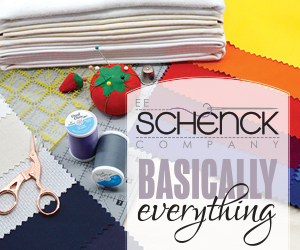
Curious to how video trends have changed in the past year? Check out these statistics to aid in your content management plan.
General stats
In 2020, 60 percent of videos were user generated or recorded, a 135% jump from 2019. And yes, a big reason for this was due to the COVID-19 pandemic.
Three-fourths of smaller businesses (as defined as 200 employees or less) make their own videos. This compares to companies with over 600 employees, of which less than half of their videos are user-generated. And if you think more companies tried their hand at video this past year, you would be correct in that assumption.
Length of video
If you’re wondering how long your videos should be, check out some of these statistics:
- 45% of people watch videos all the way through, down from 52% in 2019.
- The average length of videos in this report was 6 minutes.
- If the video is 60 seconds or less, 58% of people will watch all the way through.
- If your video is over 20 minutes, only 24% will watch until completion.
What else to know
If you’re wondering what type of videos businesses posted, the most common were how-tos, product demos, explainers, and webinars. The highest room for growth on video topics include how-tos, but especially one-to-one videos.
And obviously, companies who tracked analytics and catered their content based off their audience saw the highest video engagement.
Want to learn more? Check out Vidyard’s 2021 Video in Business Benchmark Report where you can learn about the above content and dig into it more.
If you’re looking for more information to guide you in owning a retail business, subscribe to American Quilt Retailer today. Already a subscriber? No worries—join our Facebook group for insights and dialogue from industry specialists like you.













